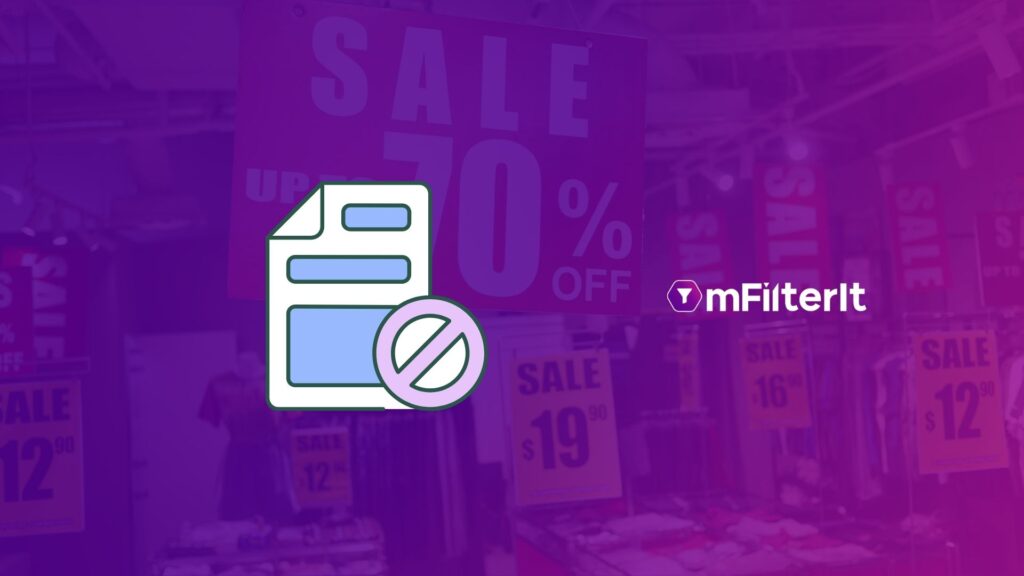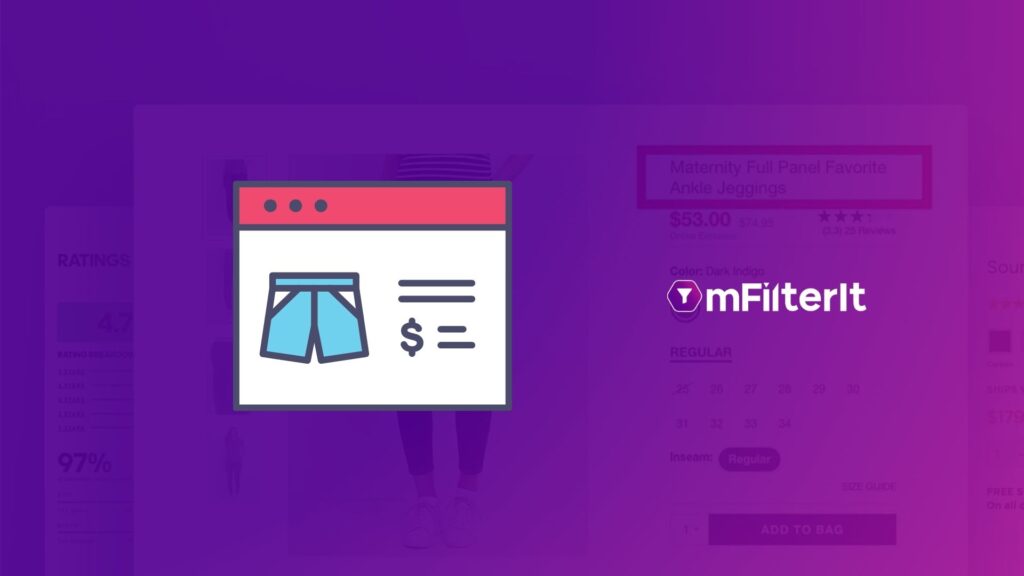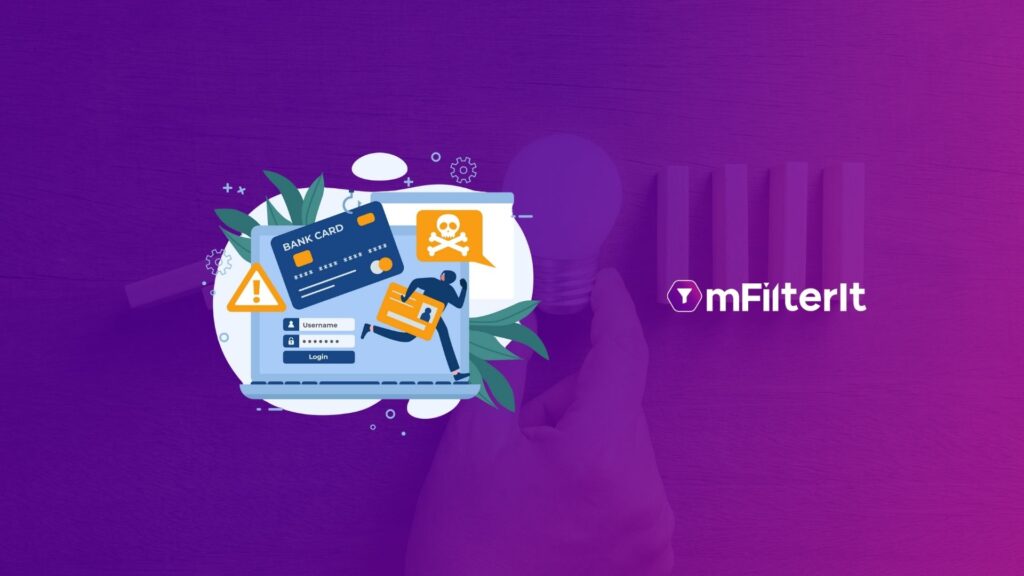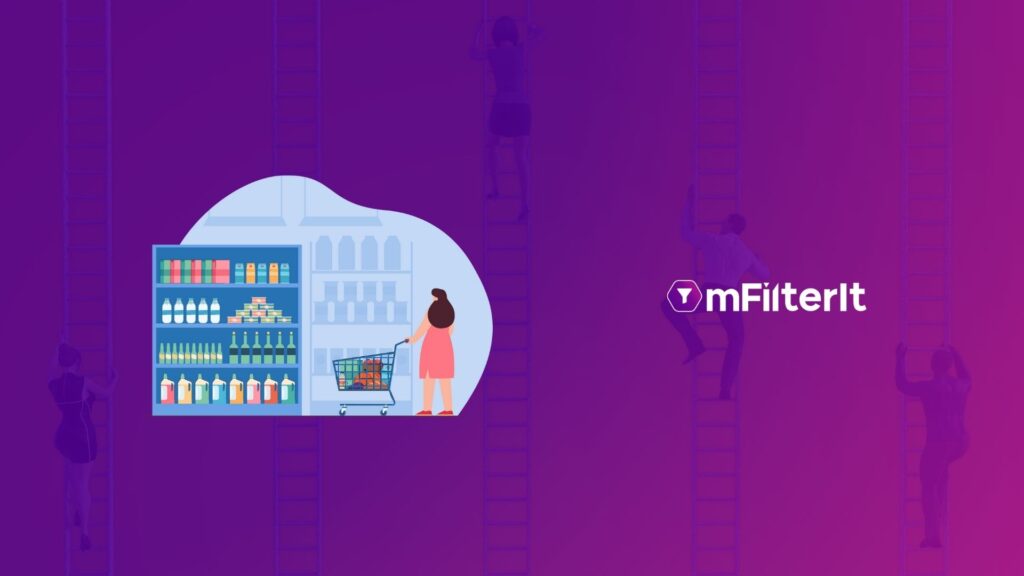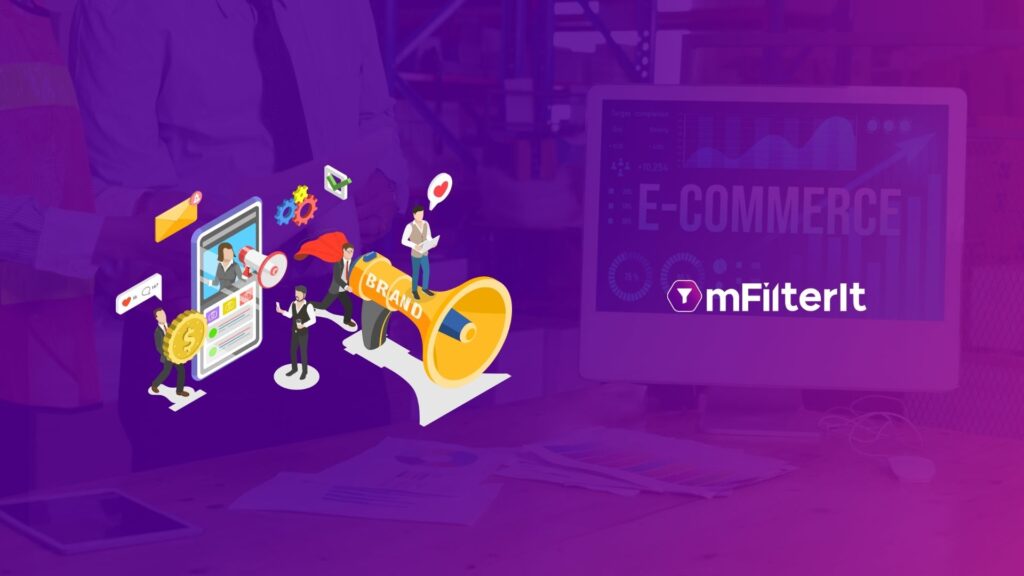How to Ensure Brand Safety on Social Media Platforms?
Protecting the brand assets on social media platforms is as important as taking care of the offline assets. Brand safety is avoiding media placements that would negatively impact the brand’s reputation. Brands can suffer serious consequences like negative publicity and trolls if brand safety isn’t ensured. Usually, the parent’s phone is accessed by children resulting in their exposure to all kinds of content on social media apps. In 2018, a CNN news article stated that 50% of parents of children between the 10-12 age group and 32% of parents with 7-9-year-old children stated that their kids began using social media in the first six months. Moreover, 17% of parents stated that they didn’t have parental control over social media apps. Imagine if a kid is using Facebook, Twitter, Pinterest, etc., coming across an adult ad (e.g., Durex condom ad) next to a cartoon/game/trend/news while surfing through a parent’s phone. Such ads can cause distress, and emotional disturbances. Due to the highest human engagement, social media profiles enact as a two-way communication medium between the viewer and the brand. Brands use these to optimize SEO, reach potential customers/partners/investors, and share content/news/trends updates. So, a compromised brand safety hampers the organization’s social media goals. Placement of the ads next to relevant content and context is equally vital. For example, a hamburger ad next to a fitness hashtag/news/trend would certainly turn away eyes instead of engaging with it because of “irrelevancy.” Moreover, a brand doesn’t build a reputation on social media overnight. Instead, it rigorously publishes online ads, content, and stock trends to create the buzz. A bad reputation also offers a chance to competitors to scale up their business. A large section (nearly 80%) of industry leaders also believe that brands placing ads next to unsuitable contexts compromises the ROAS. Ways to Ensure Brand Safety on Social Media: Watch Out for Influencers and UGC UGC or user-generated content is important for enhancing organic visibility, especially on Facebook, Twitter, YouTube, and LinkedIn. However, brands providing control to the audience also lose control over brand reputation. Monitoring real-time responses are crucial for engagements and filtering out bad actors. For example, if someone is deliberately dragging the brand down, you need to act before it gets blown out of proportion. Perform a Sentiment Analysis Sentiment analysis obtains consumer perception about brand/product/service through data/information. Social media platforms are the best place for acquiring such data, besides reviews and ratings, blog interactions, and forums. Users on social media often engage with brand advertisements. Captivating users’ emotions on the ads help to understand the market perspective and build strategies. Social media video and text ads often create engagements through comments, likes, and shares. Unresponsiveness to negative sentiments will only further damage the brand’s reputation. mFilterIt uses a solution that can scan the open web including some of the walled gardens and assimilate the sentiments around a brand. The capability includes scanning for brands with their logos, and their names even when they are not hashtagged by the audience in general. These sentiments can further be sub-categorized and classified into positive, negative & neutral. Having a finger on the pulse has become imperative for the brand in the digital ecosystem. Timely knowledge is powerful and can be used appropriately to maintain an edge in the digital space. Contextual Targeting is Key: Contextual targeting enhances the ad relevancy of programmatic campaigns. Moreover, social media is constantly engaging users through comments, likes, and shares. So, it is impertinent for brands to use contextual targeting for reaching out to targeted audiences using phrases, trends, or hashtags associated with the ads. Open-source intelligence used by mFilterIt can help to make human-like comprehension and understand small linguistic variations. Instead of categorizing into positive and negative sentiments, brands can use these features for precise contextual and emotional matchmaking while boosting brand safety. In 2017, a BBC report revealed that mature content with falsified characters from Peppa Pig, Disney’s Frozen, and the Minions franchise were used by YouTube creators. In response, the platform owner created ‘problematic content’ guidelines. Thus, creating content problems related to child safety. Contextual targeting can help brands avoid misplacements against such videos if a similar scenario arises. Brand safety concerns are increasing with TikTok, as a report published in March 2021 suggested that 25% of US users of the app were between the age of 10 and 19. TikTok is the second, most popular app after Facebook. In 2019, it became a part of the negative press after rising concerns about brand safety and privacy policies. Since then, TikTok has constantly been working around brand safety solution providers to avoid bad publicity and offer safer environments to advertisers. Marketers and advertisers can enhance brand safety on TikTok ads through relevancy. They can select audience inclusions, demographics, interest & behavior, and device details. Using contextual targeting with these details will surely boost engagements through relevant placements and result in better ROAS. Consider a Brand Safety Solution Programmatic campaigns make it harder for marketers and advertisers to track brand safety, as the placements are automated. Ideally, you should monitor such campaigns in real-time. Unfortunately, the possibility of this happening and taking action against bad actors is challenging, especially while trying to achieve other marketing goals. So, utilizing a brand safety solution that complies with the GARM guidelines is necessary. mFilterIt offers machine and human efforts-based brand safety solutions to counter the recurring online issues. Moreover, it also comprises brand suitability and infringement solutions. So, your brand can maintain market reputation and credibility among the engagers on social platforms. We are not bragging (well, maybe a little, and it’s justified), but the solution is beneficial for avoiding incent & APK activity, unconsented cashback & referrals, wrongful YouTube placements, keyword bidding, and infringements. Conclusion Ad placements on social media are the need of the hour but ensuring brand safety is the topmost concern. No viewer would associate with an advertisement placed next to an unrelated topic, trends, news, etc. Moreover, social media is constantly subjected to the highest amount of hate speech, bad
How to Ensure Brand Safety on Social Media Platforms? Read More »


